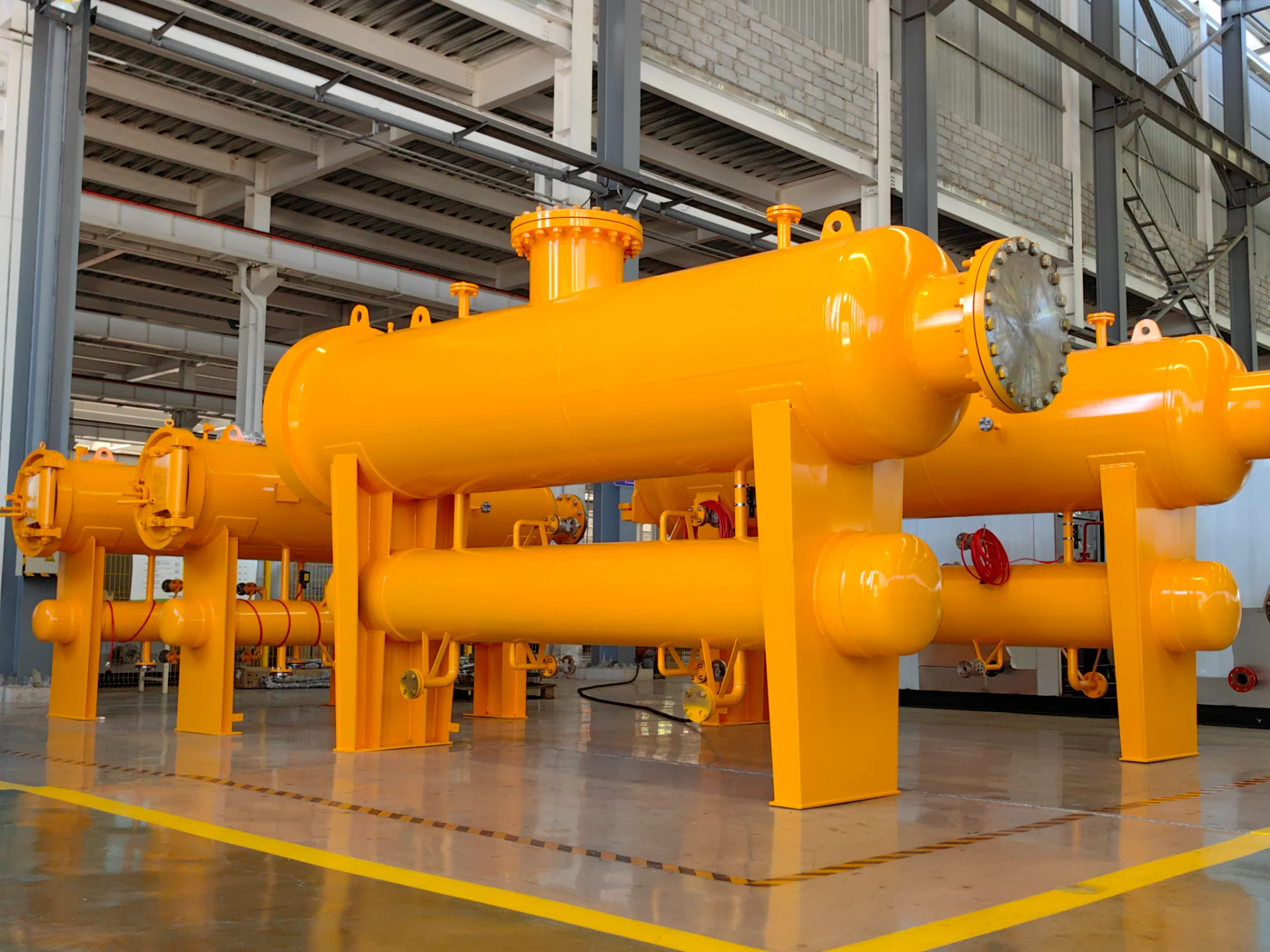
Nov . 27, 2024 02:17
Back to list
Gas Pressure Regulation Valve Function and Applications in Industrial Systems
Understanding Gas Pressure Regulators An Essential Component in Gas Systems
Gas pressure regulators are pivotal devices used in various applications involving the distribution and control of gas. Their primary role is to ensure that gas is delivered at a consistent, safe pressure, regardless of fluctuating conditions upstream or downstream of the regulator. This article delves into the functionalities, importance, types, and maintenance of gas pressure regulators.
What is a Gas Pressure Regulator?
A gas pressure regulator is a mechanical device that controls the pressure of gas flowing through a pipeline or system from a high-pressure source to a lower, more usable level. It alters the pressure of the incoming gas to a pre-set value, ensuring uniformity and safety in downstream operations.
How Do Gas Pressure Regulators Work?
At the core of a gas pressure regulator's operation is the principle of pressure differential. When gas enters the regulator, it acts against a diaphragm connected to a spring. The diaphragm moves in response to changes in pressure, and this motion adjusts the opening of a valve within the regulator. If the downstream pressure rises above the desired level, the diaphragm closes the valve, reducing the flow of gas. Conversely, if the pressure falls below the set point, the valve opens to allow more gas to flow through, maintaining the pressure at the required level.
Importance of Gas Pressure Regulators
1. Safety One of the most significant reasons for using gas pressure regulators is safety. High-pressure gas can be dangerous if not managed correctly. By ensuring that the pressure remains within safe limits, regulators help prevent explosions, leaks, and other hazardous situations.
2. Efficiency Proper pressure regulation helps optimize the performance of gas appliances and equipment. Whether in residential settings or industrial applications, maintaining the proper pressure improves efficiency, reduces excess gas consumption, and ultimately lowers operating costs.
3. System Longevity By regulating pressure, these devices help in reducing wear and tear on equipment. Implementing proper pressure control can extend the lifespan of gas-powered devices, leading to fewer repairs and replacements.
.
Gas pressure regulators come in various types, each designed for specific applications
صمام تنظيم ضغط الغاز

1. Single-Stage Regulators These devices provide a single level of pressure reduction, making them suitable for applications where the inlet pressure does not fluctuate significantly.
2. Two-Stage Regulators These are more sophisticated, offering two levels of pressure regulation. They are ideal for situations where consistent output pressure is critical, even with varying inlet pressures.
3. Automatic Control Regulators These regulators can adjust automatically to changes in demand or pressure, providing a high level of precision and reliability.
4. Back Pressure Regulators Designed to maintain a set pressure in a system, these regulators can be used in various applications, including process control in gas pipelines.
Maintenance of Gas Pressure Regulators
To ensure the effective and safe operation of gas pressure regulators, regular maintenance is essential. Here are some key practices
1. Routine Inspections Regular checks for leaks, corrosion, and physical damage can help identify issues before they lead to failures.
2. Cleaning Dust and debris can impair the functionality of the regulator. Routine cleaning will help maintain optimal performance.
3. Calibration Periodic calibration ensures that the regulator continues to provide accurate pressure control as parameters may change over time.
4. Replacement of Worn Parts Like any mechanical component, parts may wear out. Regularly replacing worn gaskets, springs, or diaphragms can prevent regulator failure.
Conclusion
Gas pressure regulators play an essential role in ensuring safety, efficiency, and reliability in gas systems. Understanding their function, types, and maintenance needs can help users maximize the benefits they provide. As gas systems continue to evolve, the importance of these regulators will only increase, underscoring the need for awareness and proper handling in all gas-related applications.
Latest news
-
Safety Valve Spring-Loaded Design Overpressure ProtectionNewsJul.25,2025
-
Precision Voltage Regulator AC5 Accuracy Grade PerformanceNewsJul.25,2025
-
Natural Gas Pressure Regulating Skid Industrial Pipeline ApplicationsNewsJul.25,2025
-
Natural Gas Filter Stainless Steel Mesh Element DesignNewsJul.25,2025
-
Gas Pressure Regulator Valve Direct-Acting Spring-Loaded DesignNewsJul.25,2025
-
Decompression Equipment Multi-Stage Heat Exchange System DesignNewsJul.25,2025

